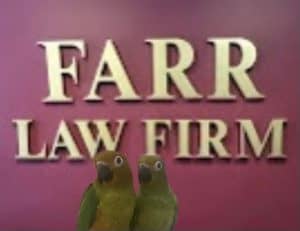 Dear Kiwi and Mango,
Dear Kiwi and Mango,
A friend of mine recently experienced a gift card draining scam where there was nothing left on a gift card she purchased at the store. Another was a victim of check washing, where the scammer actually washed the writing off a check she put in her mailbox. I have never heard of these things before, and my friends were too devastated to report them. What are these scams all about?
Thanks for your help!
Neve R. Erdofitt
—
Dear Neve,
Gift card draining and check washing are two unfortunate scams that have impacted seniors recently. Gift card draining is a relatively new scam but check washing has been around for many years. These two scams are relatively rare and are missing from many of the common scam lists. However, the nature of these scams makes seniors particularly vulnerable.
Gift Card Draining
An AARP survey found that about one in four Americans have given or received a gift card that had no funds. Gift card draining happens when a thief steals a gift card, gets the number and the security code, reseals it in a way that hides the alteration, and returns the card to the store display. Then, when the recipient activates the card, the scammer can drain the money out of it. The unsuspecting victim discovers the fraud when using the card to pay a bill. It’s unlikely these victims will ever get any of that money back.
You can avoid this scam by buying eGift cards and printing them so the scammer can’t get to it first and scratch off the code. Another thing you can do is to buy gift cards that are stored behind a counter, where a thief most likely wouldn’t be able to get to the display. Lastly, you can buy the gift card with a credit card; that way it may be possible to get a refund if it’s been drained.
Check Washing
A lot of vendors are no longer accepting personal checks and check washing, which has been around for a long time, is one reason. Sending a check through the mail opens the door to the check washing scam, where a scammer steals a check from a mailbox and washes it with chemicals to remove all information but the signature. Then, when dry, he or she writes in a new payee name and dollar amount, and fraudulently deposits it into a checking account or gets cash at a check cashing store.
The Better Business Bureau claims that check washing accounts for over $815 million in losses to individuals, businesses, and financial institutions per year. And Postal Inspectors recover more than $1 billion in counterfeit checks and money orders every year. It’s likely that the victims will never see any of the money again.
Some seniors are uncomfortable with online payments. To protect consumers from check washing, the Postal Service suggests using a gel pen, which makes it more difficult for scammers to wash off the ink. If you have to mail a check, deposit it at the post office or in a USPS blue collection box right before the last pickup. Scammers have been known to steal mail from boxes. Also, do not put checks in your mailbox with the red flag up. This can be a green light for scammers. If you’re going on vacation, have the mail held at your local Post Office or ask a trusted neighbor to collect it for you.
It’s important to be knowledgeable about scams such as these. If you know what’s going on and take some steps to protect yourself, you’ll minimize your chances of becoming a victim.
Hope this helps!
Kiwi and Mango
Print This Page











